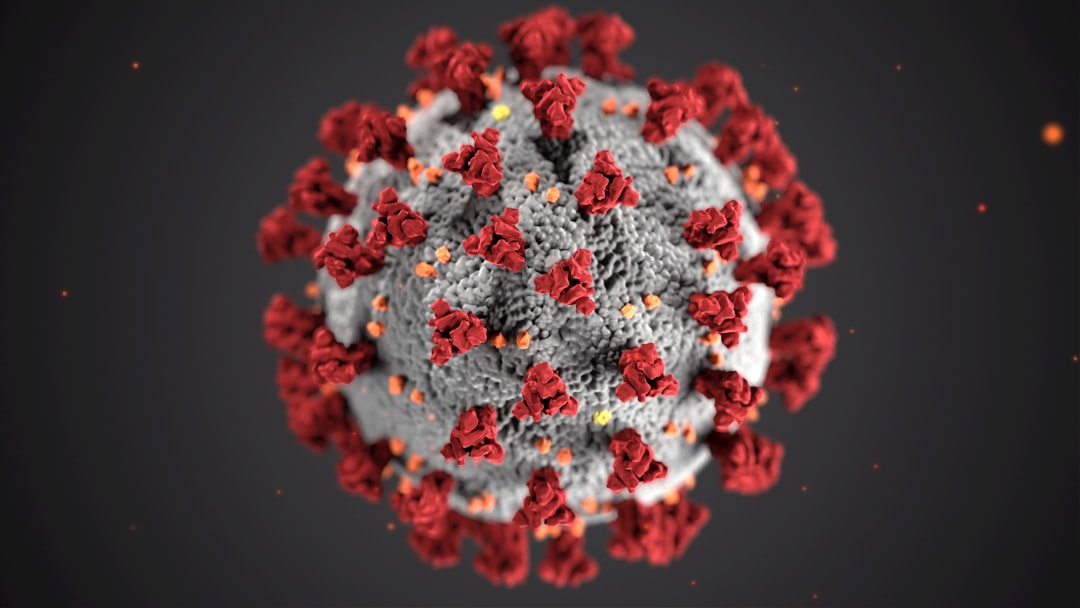What is it about?
In the current panorama, the main indications for orthopedic surgery include end-stage degenerations like coxarthrosis, gonarthrosis, and vertebral deformities that are typical of multi-frail individuals. The increasing demand for these orthopedic procedures contrasts with the complex phenotypes of old orthopedic patients progressively malnourished and sarcopenic, giving rise to complex pathological spectra like sarcopenic obesity. Examinations into modifiable risk factors acknowledged preoperative malnutritional status and physical inability as critical factors for patient distress. Collectively, these two conditions reduce the strength of constitution necessary to cope with the physiological stressors of orthopedic surgery.
Featured Image

Photo by Nightingale Home nurse on Unsplash
Why is it important?
An effective nutritional and physical prehabilitation could enhance the physiological reserves and the overall resilience of old orthopedic patients. If the seven prerequisites are met (hygiene practices, training, multidisciplinarity, research integrity, visualization, food safety, and supplement management), the design of the orthopedic prehabilitation is certainly enabled, with the equation of risk analysis efficiently considering both patient-related and process factors. The management of malnutrition and physical inabilities is not sufficient to improve the clinical outcome of orthopedic patients, but it is reasonable to say that it is a necessary requirement for the effectiveness of the entire path of care.
Perspectives
Multidisciplinary approaches like the ERAS or the HEPAS (Healthy Eating, Physical Activity, and Sleep hygiene) appear to be very useful in the most fragile individuals. However, they lack systematic assessments, methodology of interventions, and suggestions on the management of monitoring procedures. This lack of methodology could hide important aspects of preoperative care and hinder the implementation of research findings into practice. The use of the flexible principles of the HACCP system may allow the adoption of an essential, detailed, and inclusive method for process analysis, critical monitoring, and lifestyle-derived risk correction before elective procedures.
Dr. M. Briguglio
IRCCS Ospedale Galeazzi - Sant'Ambrogio
Read the Original
This page is a summary of: Nutritional and Physical Prehabilitation in Elective Orthopedic Surgery: Rationale and Proposal for Implementation, Therapeutics and Clinical Risk Management, January 2022, Taylor & Francis,
DOI: 10.2147/tcrm.s341953.
You can read the full text:
Resources
Contributors
The following have contributed to this page










